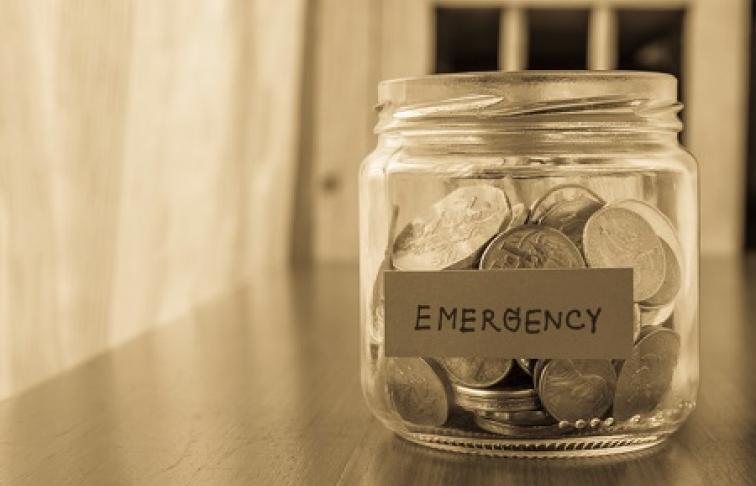It’s easy to get started on saving for a rainy day.
Just follow these steps to get saving:
- Get a handle on your day to day finances. Do you truly know how much money you have coming in, and going out, every month? Once you find out, you will know how much you can comfortably afford to save. Begin with your monthly income, after tax, national insurance and any other deductions. Then work out your monthly outgoings. This may include:
- Home costs: rent or home finance payments, water rates, council tax, gas and electricity, TV subscriptions etc.
- Family costs: food, transport, clothes etc.
- Social costs: mobile phone, the money you spend on yourself and your family etc.
- Charitable costs
- Big ticket costs: these include holidays and other significant purchases, such as electrical goods or furniture. Work out how much you spend on these a year and divide by 12 for a monthly average.
- Reduce your monthly outgoings. This could help you free up extra money with relatively little effort. For example, could you get a better deal on your car insurance, energy bills or mobile phone?
- Don’t set your monthly savings target to high. The key is to set the target high enough that your savings add up but not so high that you can’t live with it. If you do, you are more likely to abandon it. If you find yourself needing to access your emergency savings for other expenses - such as a large shopping bill for example – revisit the amount you can realistically save.
- Work out your rainy-day savings amount. The rule of thumb is to have the equivalent of three months’ wages in rainy day account. Remember that you don’t need to save this money overnight. Once you have met your target you may consider transferring extra savings into a less accessible savings account which offers a higher expected rate of return (see below).
- Don’t keep all of your savings in your rainy day account. Your rainy day account needs to be instantly accessible, but this isn’t the smartest way to save in the long term. Generally, the longer you can leave your money in the bank, the higher your expected profit will be. So, if you are saving for something big, like a deposit for your new home, your money will be able to work harder for you in a fixed term deposit account. Find out more about Al Rayan Bank’s Fixed Term Deposit accounts here.
- Make savings a habit. Don’t think of saving as a negative thing – this will just make it harder to do. Instead think of it as a good habit – hard at the start but then you’ll soon feel the benefits. To make the process easier, you may want to set up a monthly standing order into a separate savings account. You can set up and manage standing orders through Al Rayan Bank’s Digital Banking service.
- Download the Mobile Banking app. It’s easier to save when you know that you can view your accounts anytime, and move money between your accounts, easily, quickly and securely whenever you want to. If you’re not already using Digital Banking from Al Rayan Bank, find out more about the Mobile Banking app and authenticator app at alrayanbank.co.uk/mobile.

